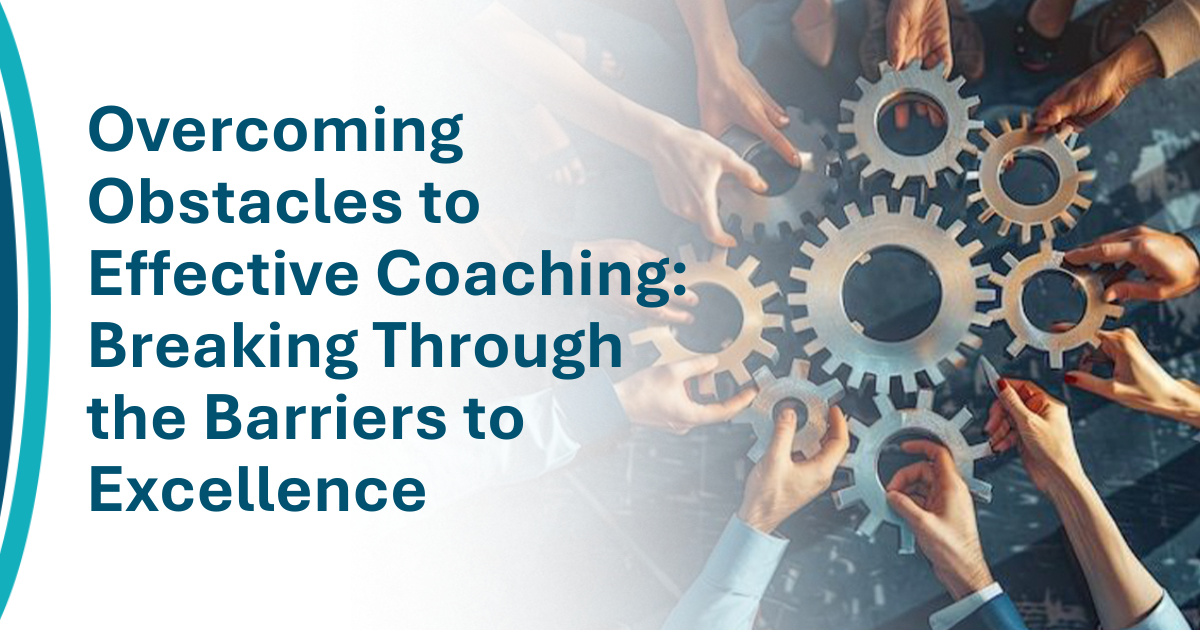The Big Three: Understanding Your Core Challenges
Our research has identified three primary obstacles that consistently challenge pharmaceutical sales organizations in their coaching efforts:
1. The Time Crunch: Managing Competing Priorities
2. Leadership Buy-In: Securing Executive Support
3. Employee Resistance: Overcoming Coaching Reluctance
Let's break down each challenge and explore practical solutions.
The Time Crunch: Making Time for What Matters
The Reality Check
Time consistently emerges as the most cited obstacle to effective coaching. In our fast-paced pharmaceutical sales environment, managers often feel they're choosing between:
-
Meeting immediate business demands
-
Conducting field visits
-
Managing administrative tasks
-
Implementing coaching programs
The Solution Framework
Rather than viewing coaching as another task, successful organizations integrate it into existing activities:
-
Transform routine field visits into coaching opportunities
-
Convert team meetings into skill-building sessions
-
Use travel time for virtual coaching check-ins
-
Leverage technology for efficient coaching delivery
2. Time Optimization Strategies
-
Create structured coaching templates
-
Implement micro-coaching sessions
-
Use asynchronous coaching tools
-
Develop efficient feedback protocols
3. Priority Management
"We don't find time for coaching. We make time for coaching because it matters."
-
Block dedicated coaching time
-
Protect coaching appointments
-
Delegate non-coaching tasks
-
Create coaching efficiency metrics
Leadership Buy-In: Building Executive Support
Lack of senior leadership support emerged as the top challenge in our poll—a surprising but critical insight.
The Solution Pathway
Create compelling evidence through:
-
ROI analysis
-
Performance correlation data
-
Competitive benchmarking
-
Success story documentation
2. Pilot Program Approach
-
Select high-impact areas
-
Set clear success metrics
-
Document results rigorously
-
Share wins consistently
3. Executive Engagement Strategy
-
Regular progress updates
-
Success story sharing
-
Data-driven reporting
-
Strategic alignment demonstrations
Employee Resistance: Converting Skeptics into Believers
Understanding the Resistance
Resistance often stems from:
-
Misconceptions about coaching
-
Previous negative experiences
-
Fear of criticism
-
Comfort with status quo
The Transformation Strategy
Transform coaching perception from:
-
Criticism to development
-
Requirement to opportunity
-
Evaluation to partnership
-
Problem-fixing to growth-enabling
2. Creating Buy-In Through Involvement
-
Collaborative goal setting
-
Input on development areas
-
Choice in coaching approaches
-
Peer success sharing
3. Demonstrating Value Early
-
Quick wins identification
-
Immediate application opportunities
-
Visible progress tracking
-
Success celebration
Additional Challenges: The Secondary Barriers
Many sales managers excel at selling but struggle with coaching.
-
Comprehensive Coach Training
-
Foundational skills development
-
Advanced coaching techniques
-
Practice opportunities
-
Ongoing support
-
-
Coach Development Program
-
Regular skill assessment
-
Continuous learning paths
-
Peer learning groups
-
Expert mentoring
-
Measuring Effectiveness
Organizations often struggle to quantify coaching impact.
Measurement Strategy:
-
Define Clear Metrics
-
Leading indicators
-
Lagging indicators
-
Behavioral measures
-
Business outcomes
-
-
Implementation Framework
-
Baseline establishment
-
Regular measurement points
-
Progress tracking systems
-
Impact analysis protocols
-
Building a Sustainable Solution: The Integrated Approach
1. Cultural Transformation
Create an environment where coaching thrives:
-
Value coaching openly
-
Recognize coaching success
-
Share best practices
-
Celebrate progress
2. Structural Support
Implement supporting systems:
-
Technology enablement
-
Process integration
-
Resource allocation
-
Time management tools
3. Continuous Improvement
Maintain momentum through:
-
Regular assessment
-
Feedback collection
-
Program adjustment
-
Innovation encouragement
The Path Forward: Your Action Plan
-
Assess Your Current State
-
Identify specific obstacles
-
Measure their impact
-
Prioritize challenges
-
Map available resources
-
-
Design Your Solution
-
Create targeted strategies
-
Set clear objectives
-
Define success metrics
-
Plan implementation phases
-
-
Begin Implementation
-
Start with quick wins
-
Build momentum
-
Track progress
-
Adjust as needed
-
Creating Your Breakthrough Strategy
Phase 1: Foundation
-
Leadership alignment
-
Resource allocation
-
System setup
-
Initial training
Phase 2: Implementation
-
Pilot program launch
-
Success monitoring
-
Feedback collection
-
Adjustment implementation
Phase 3: Scale
-
Program expansion
-
Best practice sharing
-
Continuous improvement
-
Success celebration
Conclusion: From Obstacles to Opportunities
The challenges to effective coaching are real, but they're not insurmountable. By understanding these obstacles and implementing targeted solutions, organizations can transform their coaching programs from struggling initiatives into powerful drivers of sales performance.
-
Every obstacle overcome strengthens your coaching program
-
Solutions exist for every challenge
-
Success comes from consistent, focused effort
-
The impact is worth the investment
Your Next Step: The journey to coaching excellence begins with addressing your specific challenges. Which obstacle will you tackle first? The path to exceptional coaching performance awaits.
Are you ready to transform your coaching challenges into opportunities for excellence?



